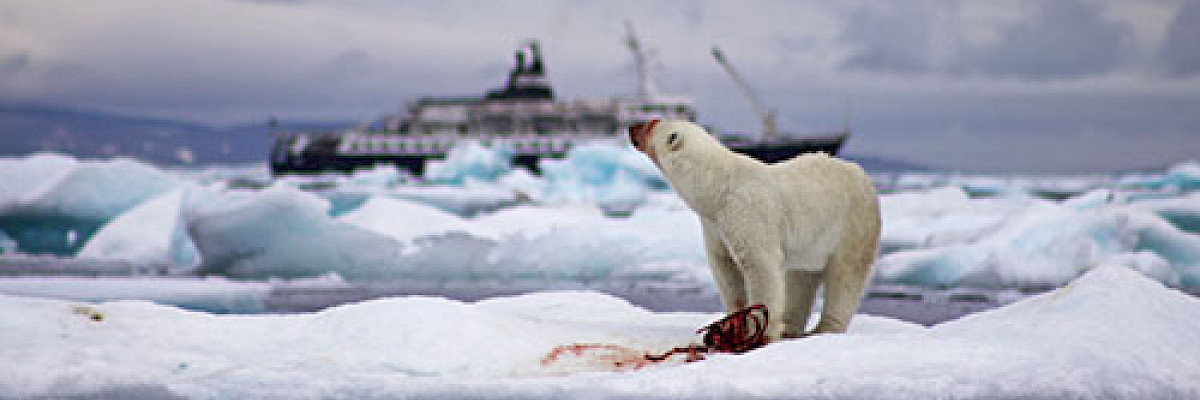
AMSA IIC Arctic marine areas of heightened ecological significance
Identifying vulnerable ecologically and culturally significant Arctic marine areas in the Arctic.
The Arctic Marine Shipping Assessment (AMSA) IIC report on the Identification of Arctic marine areas of heightened ecological and cultural significance identifies ecologically and culturally significant marine areas that are vulnerable to marine vessel activities in the Arctic in light of changing climate conditions and increasing multiple marine uses.
CAFF, in partnership with the AMAP and SDWG Working Groups of the Arctic Council:
- Compiled existing information and identified Arctic areas of heightened ecological and cultural significance
- Overlapped these areas with existing information on Arctic marine vessel activity and prognosis for future development due to climate change and considered their vulnerability in relation to vessel activity
- Reported the findings to the Senior Arctic Officials of the Arctic Council
The report responds to recommendation II(C) from the Arctic Marine Shipping Assessment, which deals with Marine Areas of Heightened Ecological and Cultural Significance:
That the Arctic states should identify areas of heightened ecological and cultural significance in light of changing climate conditions and increasing multiple marine use and where appropriate, should encourage implementation of measures to protect these areas from the impacts of Arctic marine shipping, in coordination with all stakeholders and consistent with international law.
The project report, along with other sources of information, shall form the scientific basis for PAME to encourage co-operation and the development of common or shared proposals to the extent possible among Arctic states for submission to the International Maritime Organization (IMO) for the protection of areas of heightened ecological and cultural significance in the Arctic from the impacts of Arctic marine vessel activity for the Arctic Council states to consider.
The report will consider the Revised Guidance document for submission of Particularly Sensitive Sea Areas proposals to IMO (A 24/Res.982 6 February 2006) as a template for classification criteria. The project did involve new research but was be a compilation and assessment of existing information. As IMOR17's jurisdiction is limited to marine vessel activity only, the project concentrated on the effects from these activities.
 Arctic Council Working Group
Arctic Council Working Group